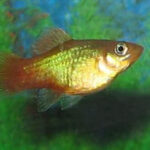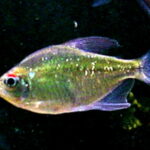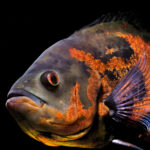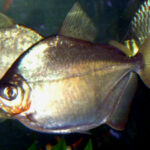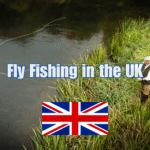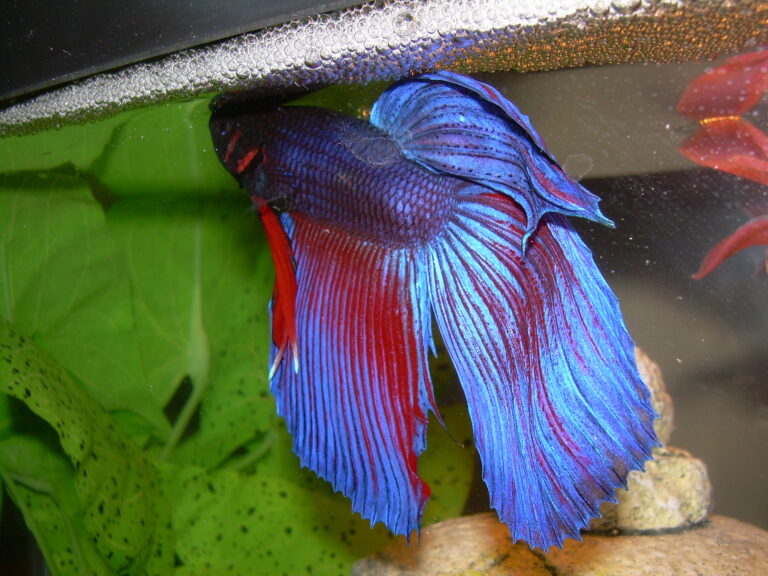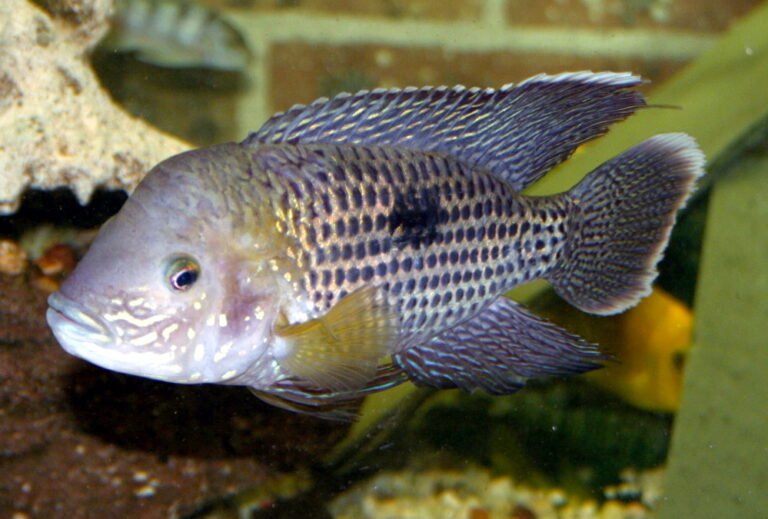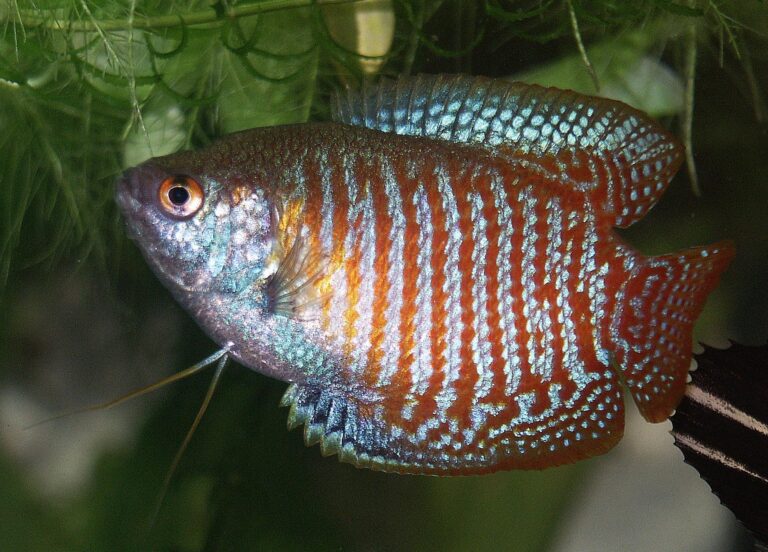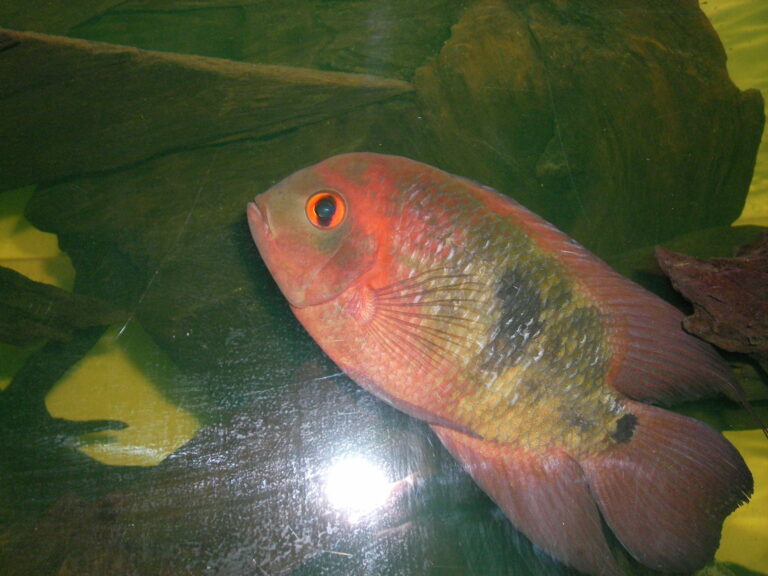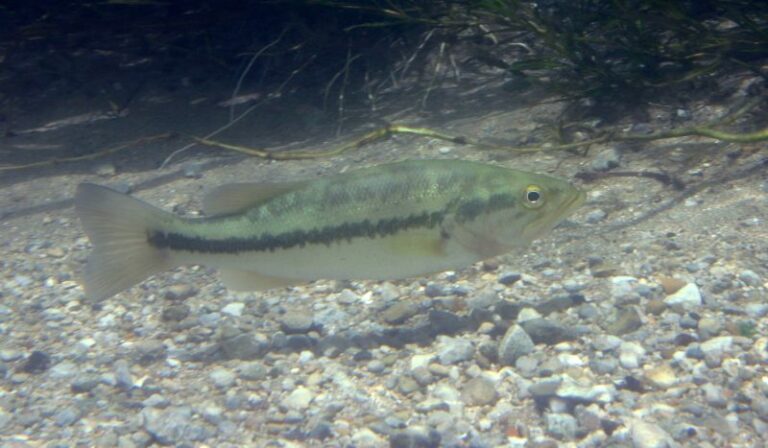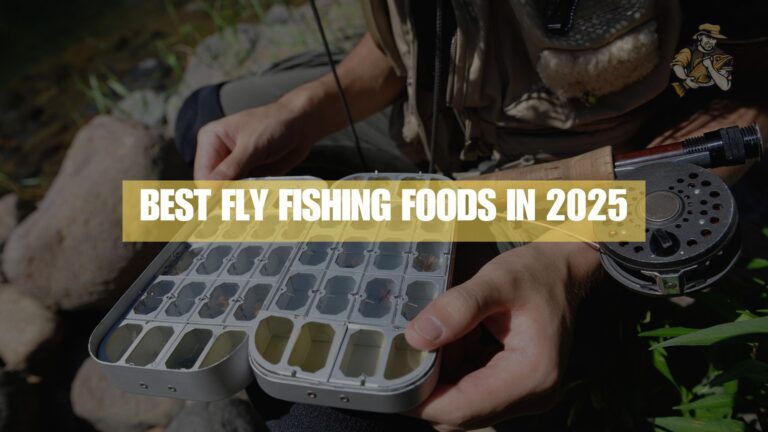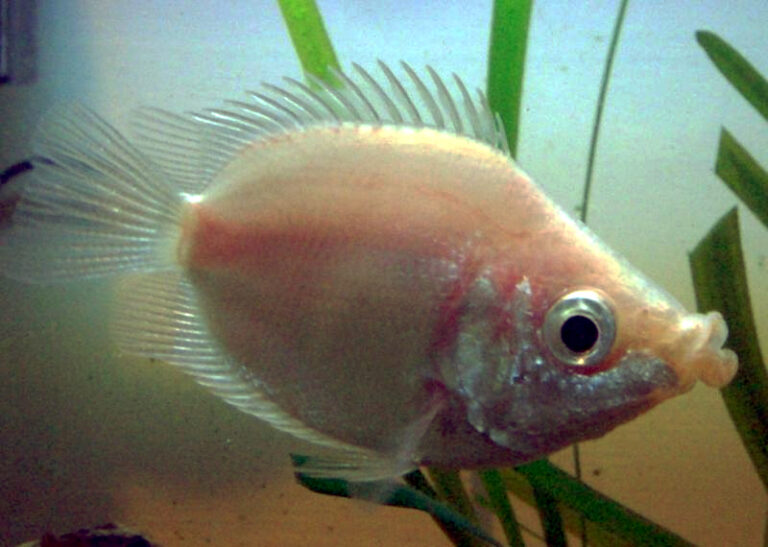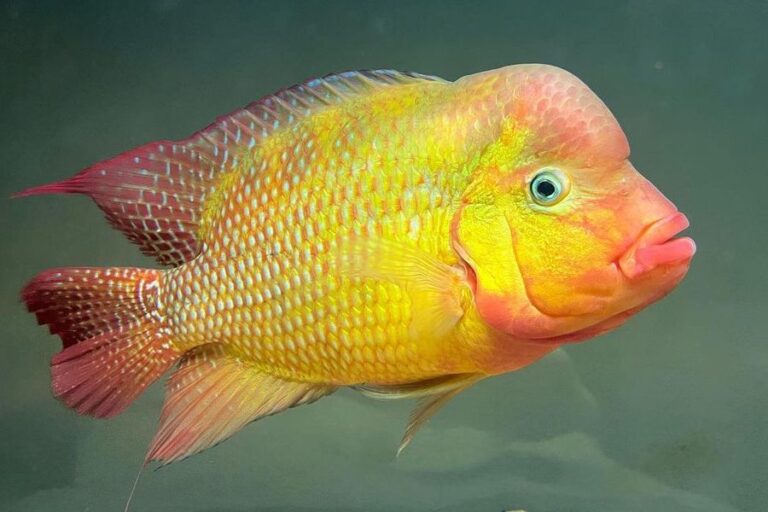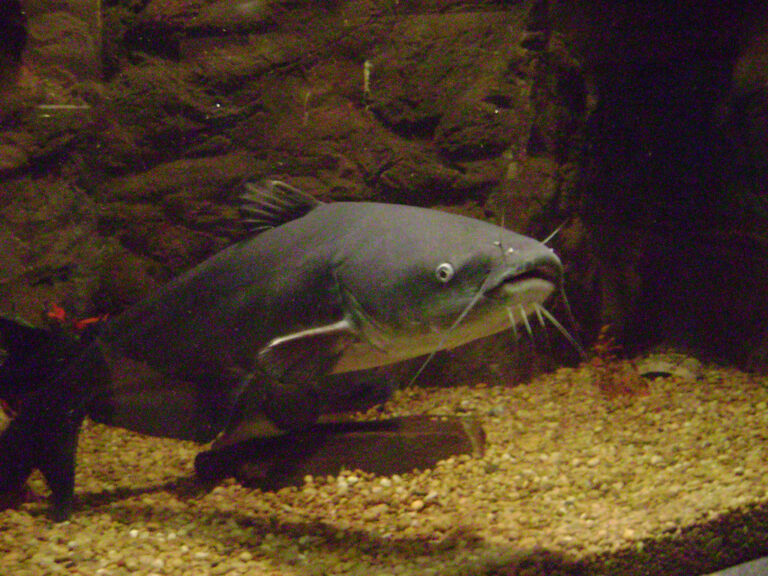Flathead Catfish
By Ryan Maron | Last Modified: June 30, 2025
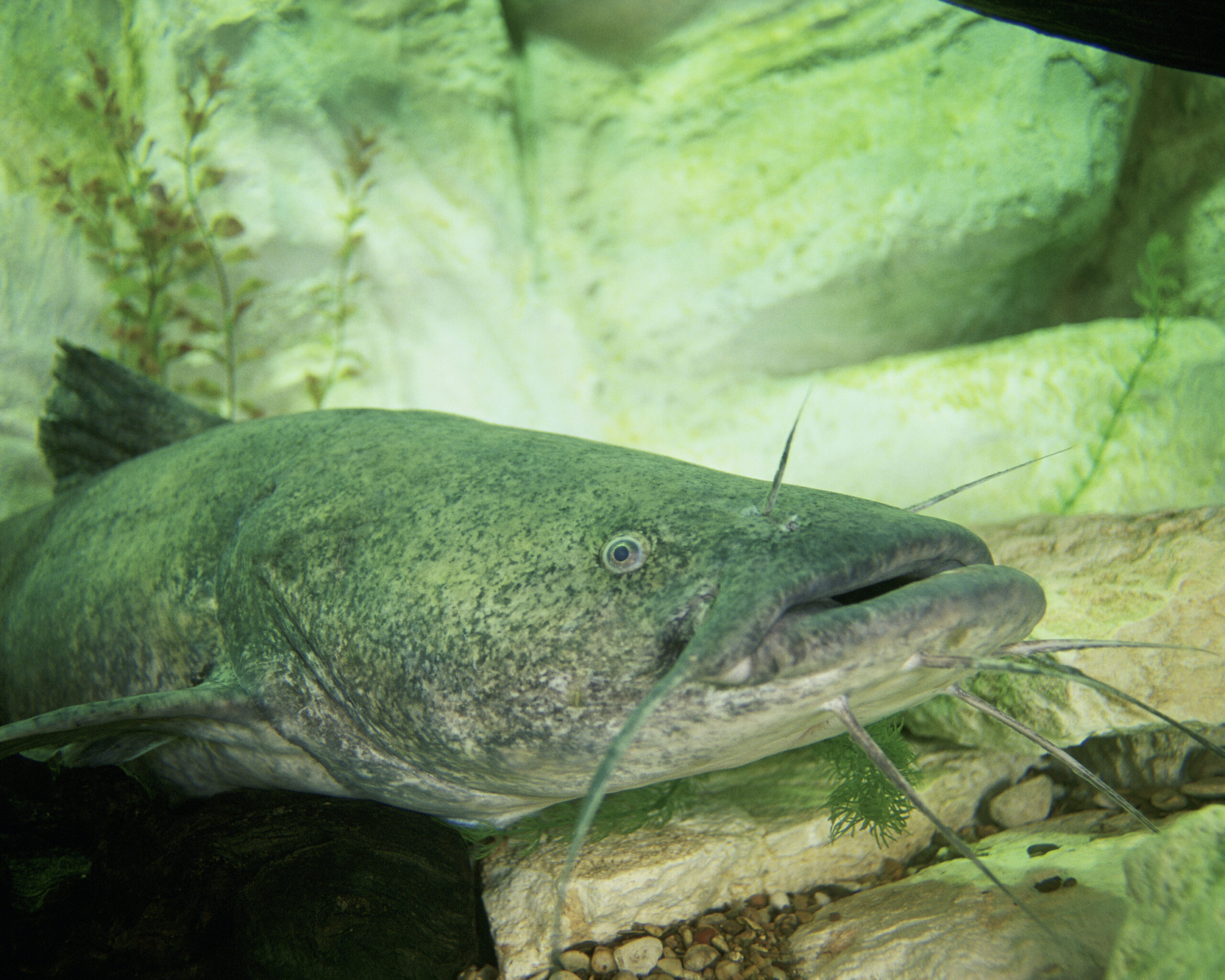
The Flathead Catfish stands as one of North America’s most formidable freshwater predators, commanding respect from both anglers and aquatic ecologists alike. Known scientifically as Pylodictis olivaris, this impressive species represents the sole member of its genus and serves as a keystone predator throughout major river systems across the central and southeastern United States. The Flathead Catfish plays a crucial ecological role as an apex predator in freshwater environments, significantly influencing fish community structure and maintaining balance within aquatic food webs.
This remarkable species has earned recognition not only for its ecological importance but also for its substantial economic value in commercial and recreational fisheries. Adult Flathead Catfish can reach extraordinary sizes, with specimens exceeding 100 pounds documented in scientific literature, making them among the largest freshwater fish species in North America. Their predatory nature and impressive size have established them as a premier target for trophy anglers, while their role as a top predator makes them essential indicators of ecosystem health in river systems.
| Feature | Details |
|---|---|
| Common Name | Flathead Catfish |
| Scientific Name | Pylodictis olivaris |
| Family | Ictaluridae |
| Typical Size | 61-122 cm (24-48 in), 2.3-56 kg (5-123 lbs) |
| Habitat | Large rivers, reservoirs, deep pools |
| Diet | Piscivorous predator, live fish |
| Distribution | Central and southeastern United States |
| Conservation Status | Least Concern |
Taxonomy & Classification
The Flathead Catfish belongs to the family Ictaluridae, which encompasses all North American freshwater catfish species. Within this diverse family, Pylodictis olivaris holds the unique distinction of being the only species in its genus, representing a distinct evolutionary lineage that diverged from other catfish groups millions of years ago. The genus name Pylodictis derives from Greek words meaning “mud fish,” while the species epithet olivaris refers to the olive coloration characteristic of this species.
Taxonomically, the Flathead Catfish shares its family classification with other prominent North American catfish species, including Channel Catfish varieties and blue catfish. However, several morphological and behavioral characteristics distinguish Pylodictis olivaris from its relatives within the Ictaluridae family. The species exhibits a more compressed body profile compared to other large catfish, along with distinctly different feeding behaviors and habitat preferences.
Phylogenetic studies have revealed that the Flathead Catfish lineage represents an ancient branch within the Ictaluridae family tree. Fossil evidence suggests that ancestors of modern Pylodictis species inhabited North American waterways for millions of years, developing specialized adaptations for their predatory lifestyle. This evolutionary history has resulted in unique anatomical features that optimize the species for ambush predation in riverine environments.
Recent molecular analyses have confirmed the monotypic status of the genus Pylodictis, with no recognized subspecies despite the species’ wide geographic distribution. This genetic uniformity across diverse habitats suggests either recent range expansion or strong gene flow between populations throughout the species’ extensive range.
Physical Description
The Flathead Catfish exhibits a distinctive body morphology perfectly adapted for its role as an ambush predator in freshwater environments. Adults typically display a dorsoventrally flattened head profile that gives the species its common name, with a broad, spatulate skull that accommodates powerful jaw muscles. The body maintains a robust, elongated form with a relatively compressed profile compared to other large catfish species, allowing for explosive bursts of speed when pursuing prey.
Coloration patterns in Flathead Catfish serve as effective camouflage in their preferred habitats. The dorsal surface typically exhibits mottled patterns of olive-brown, yellow-brown, or dark brown pigmentation, while the ventral surface remains pale yellow to white. This countershading provides excellent concealment against riverbed substrates and fallen timber where these fish commonly ambush prey. Juvenile specimens often display more pronounced mottling patterns that fade somewhat as fish mature.
The head structure represents perhaps the most distinctive anatomical feature of this species. The flattened profile creates a wide gape that enables the consumption of remarkably large prey items relative to body size. Eight barbels surround the mouth, with the maxillary barbels extending well beyond the posterior margin of the head. These chemoreceptive organs provide exceptional sensory capabilities for detecting prey in turbid water conditions.
Fin characteristics include a deeply forked caudal fin that provides efficient propulsion, while the dorsal fin features a sharp, serrated spine followed by six to seven soft rays. The anal fin contains 12 to 17 rays, and the pectoral fins possess sharp, serrated spines capable of inflicting painful wounds. These defensive spines represent important adaptations for deterring predators and competitors in their aquatic environment.
Habitat & Distribution
The Flathead Catfish occupies a diverse range of freshwater habitats throughout its extensive native range, which encompasses major river systems across the central and southeastern United States. This species demonstrates a strong preference for large rivers, reservoirs, and deep pools with moderate to swift current flows. The Mississippi River basin serves as the primary distribution center, with populations extending throughout tributary systems including the Missouri, Ohio, Arkansas, and Red Rivers.
Optimal habitat conditions for Flathead Catfish include areas with complex structural features such as submerged logs, root systems, undercut banks, and rocky crevices. These environments provide essential cover for ambush predation while offering protection from strong currents. Water temperatures between 24-30°C (75-86°F) represent ideal conditions for feeding and growth, though the species tolerates a broader temperature range throughout annual cycles.
Substrate preferences vary considerably across different life stages and activities. Adult fish commonly inhabit areas with mixed substrates including sand, gravel, and rocky bottoms, particularly where current flows create scour holes and deeper pools. During spawning periods, males seek out specific habitat features such as hollow logs, bank crevices, or artificial structures that provide enclosed nesting sites.
Human activities have significantly altered the distribution patterns of Flathead Catfish populations. Dam construction has created extensive reservoir systems that provide suitable habitat, leading to population expansions in some regions. Conversely, water quality degradation and habitat modification have contributed to population declines in heavily developed watersheds. Introduction programs have established populations outside the native range, including parts of the southwestern United States and some eastern river systems.
The species exhibits remarkable adaptability to various water quality conditions, tolerating turbidity levels that would stress many other fish species. However, they require adequate dissolved oxygen levels and demonstrate sensitivity to extreme pollution conditions. Seasonal habitat shifts occur in response to water temperature changes, with fish moving to deeper waters during winter months and utilizing shallower areas during warmer periods.
Diet & Feeding Behavior
The Flathead Catfish stands as an obligate piscivore among North American freshwater fish species, demonstrating an almost exclusive preference for live fish prey throughout its adult life. This specialized feeding behavior distinguishes it from other catfish species within the Ictaluridae family, which typically exhibit more omnivorous dietary patterns. Research studies have documented that fish comprise over 90% of the diet in adult Flathead Catfish, with very limited consumption of invertebrates or plant material.
Prey selection patterns reveal a strong preference for soft-rayed fish species, particularly members of the Centrarchidae family including sunfish, bass, and crappie. Clupeids such as gizzard shad and threadfin shad represent important prey items in reservoir environments, while cyprinids including various minnow species constitute significant dietary components in riverine systems. The species demonstrates remarkable ability to consume prey items up to 30% of their own body length, facilitated by their expandable pharyngeal cavity.
Feeding strategies employ classic ambush predation techniques optimized for their structural habitat preferences. Flathead Catfish position themselves within or adjacent to cover structures such as fallen trees, root systems, or rocky crevices, remaining motionless until prey approaches within striking distance. Their cryptic coloration provides excellent camouflage against natural substrates, making detection by potential prey extremely difficult.
Juvenile Flathead Catfish exhibit somewhat different dietary patterns compared to adults, consuming higher proportions of aquatic invertebrates including insect larvae, crayfish, and other crustaceans. This ontogenetic diet shift typically occurs when fish reach approximately 15-20 cm in total length, corresponding with morphological changes that optimize jaw structure for capturing larger prey items.
Seasonal feeding patterns reflect prey availability and water temperature fluctuations throughout annual cycles. Peak feeding activity occurs during warmer months when prey fish are most active, while feeding rates decline significantly during winter periods when water temperatures drop below 10°C (50°F). This temperature-dependent feeding behavior influences growth rates and reproductive success across different climate zones within the species’ range.
Behavior & Adaptations
The behavioral repertoire of Flathead Catfish reflects millions of years of evolution as specialized ambush predators in freshwater environments. These fish exhibit primarily nocturnal activity patterns, becoming most active during twilight and nighttime hours when many prey species are less vigilant. During daylight hours, they typically remain concealed within structural cover, relying on their cryptic coloration and motionless positioning to avoid detection.
Territorial behavior becomes particularly pronounced during spawning seasons and in areas with limited suitable habitat. Large males establish and defend territories around optimal nesting sites, engaging in aggressive encounters with competitors. These territorial disputes can involve physical contact using their sharp pectoral and dorsal spines, though most conflicts resolve through intimidation displays rather than actual combat.
Sensory adaptations represent crucial evolutionary developments that enable successful predation in turbid water environments. The extensive barbel system provides exceptional chemoreceptive capabilities, allowing detection of prey chemical signatures from considerable distances. Additionally, the lateral line system demonstrates enhanced sensitivity to water movement and pressure changes, enabling precise location of prey even in complete darkness.
Social behavior patterns vary significantly across different life stages and environmental conditions. Juvenile fish occasionally form loose aggregations in shallow water areas, particularly during periods of abundant food availability. However, adult Flathead Catfish are predominantly solitary, with individuals maintaining separate territories except during spawning activities.
Seasonal movement patterns reflect changing environmental conditions and biological requirements. Many populations undertake migrations between deep wintering areas and shallow spawning grounds, with movements often triggered by water temperature changes and photoperiod cues. These migrations can cover substantial distances within river systems, with some individuals traveling over 100 kilometers between seasonal habitats.
Stress response behaviors include seeking deeper water or more concealed locations when disturbed, along with reduced feeding activity during periods of environmental disturbance. The species demonstrates remarkable tolerance for handling stress, contributing to their success in recreational fisheries and aquaculture applications.
Reproduction & Life Cycle
The reproductive biology of Flathead Catfish encompasses complex behavioral and physiological adaptations that ensure successful reproduction in dynamic riverine environments. Spawning typically occurs during late spring and early summer months when water temperatures reach 21-27°C (70-80°F), with timing varying geographically based on local climate conditions. In southern populations, spawning may begin as early as April, while northern populations often delay reproduction until June or July.
Sexual maturity occurs at different ages depending on environmental conditions and food availability, with males typically reaching reproductive capability at 3-4 years of age and females at 4-5 years. Size at maturity varies considerably across populations, though males generally mature at smaller sizes than females. This sexual dimorphism becomes more pronounced with age, as females continue growing larger to accommodate increased egg production capacity.
Nest construction represents a critical component of Flathead Catfish reproductive success. Males actively seek out suitable cavity sites including hollow logs, undercut banks, rock crevices, or artificial structures that provide enclosed spaces for egg deposition. The male excavates and cleans the chosen site, removing debris and sediment to create optimal conditions for egg development. This nest preparation behavior may continue for several weeks before spawning occurs.
Courtship behaviors involve complex interactions between males and females, with males using chemical and tactile cues to attract potential mates to their prepared nesting sites. Spawning typically occurs within the protected cavity, where females deposit adhesive eggs that attach to the substrate. Clutch sizes range from 1,200 to over 100,000 eggs depending on female size, with larger females producing exponentially more eggs.
Parental care behaviors distinguish Flathead Catfish from many other freshwater species, with males providing extensive nest guarding and fanning activities. Males remain with the eggs throughout the incubation period, which typically lasts 4-6 days depending on water temperature. During this time, males continuously fan the eggs with their fins to maintain water circulation and prevent fungal growth, while aggressively defending the nest from potential predators.
Post-hatching care continues for several weeks after eggs hatch, with males protecting the developing fry until they disperse from the nest area. This extended parental care significantly increases survival rates during the vulnerable early life stages, contributing to recruitment success in fluctuating environmental conditions.
Predators & Threats
Adult Flathead Catfish face relatively few natural predators due to their large size and defensive capabilities, though several species pose threats to different life stages. Large predatory fish including muskellunge, large bass, and other adult Flathead Catfish occasionally prey upon juveniles and smaller adults. Avian predators such as great blue herons, ospreys, and eagles may capture smaller individuals in shallow water areas, while mammalian predators including otters and mink represent additional threats in some environments.
The sharp, serrated spines of the dorsal and pectoral fins provide effective defense mechanisms against many potential predators. These spines can lock in an extended position when the fish is threatened, making consumption difficult for predators and potentially causing injury to attackers. Additionally, the species’ tendency to seek refuge in complex structural habitat provides protection from larger predators that cannot maneuver effectively in tight spaces.
Human activities represent the most significant threats to Flathead Catfish populations throughout their range. Habitat modification through dam construction, channelization, and riparian development has altered natural flow regimes and eliminated critical spawning and nursery habitats. Water quality degradation from agricultural runoff, industrial discharge, and urban pollution affects both fish health and prey availability.
Climate change poses emerging threats through altered precipitation patterns, increased water temperatures, and more frequent extreme weather events. These environmental changes can disrupt spawning timing, reduce dissolved oxygen levels, and alter prey community composition. Extended drought periods may concentrate fish in limited suitable habitats, increasing competition and disease transmission risks.
Overfishing concerns have emerged in some regions where intensive harvest pressure targets large reproductive individuals. The species’ late maturity and slow growth rates make populations vulnerable to overharvest, particularly when fishing pressure removes large, highly fecund females before they can contribute significantly to reproduction.
Invasive species interactions create additional challenges for Flathead Catfish populations. Competition with introduced species for food resources and habitat can affect growth rates and reproductive success. Conversely, Flathead Catfish themselves are considered invasive in some regions where they have been introduced outside their native range, potentially impacting native fish communities.
Conservation Status
The International Union for Conservation of Nature (IUCN) currently classifies the Flathead Catfish as Least Concern on a global scale, reflecting the species’ wide distribution and generally stable populations throughout most of its native range. However, this broad classification masks significant regional variations in population status, with some watersheds experiencing notable declines while others maintain healthy or even expanding populations.
State-level conservation assessments reveal more nuanced pictures of population trends across different regions. Several states have implemented specific management regulations including size limits, bag limits, and seasonal closures to protect spawning populations. These regulatory measures reflect recognition of the species’ vulnerability to overharvest and the importance of maintaining adequate breeding stock for population sustainability.
Habitat restoration efforts have emerged as critical components of conservation strategies for Flathead Catfish populations. Projects focus on restoring natural flow regimes, removing obsolete dams, and protecting riparian corridors that support healthy aquatic ecosystems. These initiatives benefit not only Flathead Catfish but entire aquatic communities that depend on complex riverine habitats.
Research initiatives continue to provide essential data for effective conservation management. Population monitoring programs track abundance trends, age structure, and reproductive success across different watersheds. Telemetry studies reveal movement patterns and habitat requirements that inform habitat protection priorities. Genetic research helps identify distinct population segments that may require specific conservation attention.
Water quality protection represents a fundamental requirement for maintaining healthy Flathead Catfish populations. Agricultural best management practices, industrial discharge regulations, and urban stormwater management programs all contribute to maintaining suitable water quality conditions. These efforts require coordinated action across multiple jurisdictions within large river basins.
Climate adaptation strategies are becoming increasingly important as environmental conditions continue to change. Management plans must consider potential shifts in suitable habitat ranges, altered precipitation patterns, and changing temperature regimes. Protecting habitat connectivity allows populations to adapt to changing conditions through natural movement and genetic exchange.
Human Interaction
The relationship between humans and Flathead Catfish encompasses diverse aspects of recreational fishing, commercial harvest, and ecological management. As one of North America’s premier trophy catfish species, Flathead Catfish support significant recreational fisheries that contribute substantially to local economies throughout their range. Specialized techniques for targeting these large predators have evolved into distinct angling traditions that attract dedicated enthusiasts from across the continent.
Tournament fishing circuits specifically targeting Flathead Catfish have developed sophisticated approaches for locating and capturing trophy-sized specimens. These competitions often emphasize catch-and-release practices to maintain population integrity while providing recreational opportunities. The species’ impressive size potential and fighting ability make them highly sought after by trophy anglers willing to invest significant time and resources in pursuit of exceptional specimens.
Commercial harvest operations utilize Flathead Catfish as an important component of freshwater commercial fisheries in several states. These operations typically employ specialized techniques including trotlines, limblines, and electrofishing to capture fish for live fish markets and processed fish products. The species’ excellent eating quality and large size make them valuable commercial targets, though sustainable harvest practices are essential for maintaining population viability.
Aquaculture applications have explored the potential for Flathead Catfish production in controlled environments. However, their obligate piscivorous diet and aggressive territorial behavior create challenges for intensive culture systems. Research continues into methods for incorporating this species into extensive aquaculture operations or specialized trophy fish production facilities.
Cultural significance extends beyond recreational and commercial values to encompass traditional uses by indigenous communities and rural populations. Historical accounts document the importance of large catfish species in subsistence fisheries, with specialized fishing techniques passed down through generations. These traditional practices often incorporated sustainable harvest principles that maintained healthy fish populations.
Educational and research programs utilize Flathead Catfish as model organisms for studying predator-prey relationships, habitat requirements, and conservation biology. University research programs and government agencies conduct ongoing studies that provide essential information for management decisions. These research efforts often involve collaboration with angling communities who contribute valuable data through citizen science initiatives.
Interesting Facts
The Flathead Catfish holds several remarkable distinctions that highlight its unique position among North American freshwater fish species. The current world record specimen weighed 123 pounds and measured over 5 feet in length, demonstrating the extraordinary growth potential of this species under optimal conditions. This record fish was captured in Kansas and represents one of the largest freshwater fish ever documented in North American waters.
Longevity records indicate that Flathead Catfish can live for several decades under natural conditions, with some specimens estimated to exceed 30 years of age. This exceptional lifespan, combined with their late sexual maturity, contributes to their vulnerability to overharvest and emphasizes the importance of protective management measures.
The species exhibits remarkable sensory capabilities that enable successful predation in challenging aquatic environments. Their barbel system contains over 100,000 taste buds, providing chemical detection abilities that surpass those of many other fish species. This extraordinary chemoreception allows them to locate prey in complete darkness and distinguish between different prey species based on chemical signatures alone.
Feeding behavior studies have documented the species’ ability to consume prey items of remarkable size relative to their own body proportions. Adult Flathead Catfish can successfully consume prey fish up to one-third of their own body length, facilitated by expandable jaw structures and highly distensible pharyngeal cavities. This feeding capability allows them to exploit prey resources unavailable to other predators of similar size.
Temperature tolerance experiments have revealed the species’ ability to survive in water temperatures ranging from near freezing to over 35°C (95°F), though optimal growth occurs within narrower temperature ranges. This thermal tolerance contributes to their success across diverse geographic regions and seasonal conditions.
The species demonstrates remarkable homing abilities, with tagged individuals returning to specific territorial areas after being displaced distances of several kilometers. This spatial memory capability suggests complex navigation abilities that may involve magnetic, celestial, or chemical cues for orientation within their aquatic environment.
Frequently Asked Questions
How big do Flathead Catfish typically grow?
Flathead Catfish typically reach lengths of 61-122 cm (24-48 inches) and weights of 2.3-56 kg (5-123 pounds), with exceptional specimens exceeding these ranges. Growth rates vary significantly based on environmental conditions, food availability, and geographic location. In optimal habitats with abundant prey, individuals may reach 30-40 pounds within 10-15 years, while fish in less productive environments grow more slowly.
What is the best bait for catching Flathead Catfish?
Live bait represents the most effective option for targeting Flathead Catfish, with fresh-caught fish being strongly preferred over dead or artificial baits. Popular live bait choices include bluegill, sunfish, small bass, and shad, with bait size typically ranging from 4-8 inches depending on target fish size. The key is using healthy, active bait that will attract the attention of these ambush predators.
Are Flathead Catfish good to eat?
Flathead Catfish are considered excellent table fare, with firm, white meat that has a mild flavor compared to other catfish species. Their piscivorous diet contributes to cleaner-tasting flesh with less muddy flavor than omnivorous catfish species. Proper handling and preparation are essential for optimal eating quality, with smaller fish generally providing better texture and flavor than extremely large specimens.
Where do Flathead Catfish spawn?
Flathead Catfish spawn in protected cavities including hollow logs, undercut banks, rock crevices, and artificial structures that provide enclosed spaces for egg deposition. Males select and prepare these nesting sites, often spending weeks cleaning and excavating the chosen location. Spawning typically occurs in water temperatures between 21-27°C (70-80°F) during late spring and early summer months.
Conclusion
The Flathead Catfish represents one of North America’s most impressive freshwater predators, serving as both a keystone species in aquatic ecosystems and a valuable component of recreational and commercial fisheries. Their unique role as obligate piscivores distinguishes them from other catfish species while highlighting their ecological importance in maintaining balanced fish communities. Continued research and conservation efforts remain essential for ensuring the long-term sustainability of this remarkable species across its native range, particularly as environmental pressures continue to challenge freshwater ecosystems throughout the continent.
Share The Article:
More Fish Species:
-
Siamese Fighting Fish
The Siamese Fighting Fish, scientifically known as *Betta splendens*, stands as one of the most recognizable and culturally significant…
-
Ranchu Goldfish
The Ranchu Goldfish represents one of the most distinctive and culturally significant ornamental fish varieties in the aquatic world….
-
Green Terror Cichlid
The Green Terror Cichlid stands as one of South America’s most formidable and visually striking freshwater fish species, commanding…
-
Gouramis
Gouramis represent one of the most fascinating and diverse groups of freshwater fish, belonging to the family Osphronemidae within…
-
Chocolate Cichlid
The Chocolate Cichlid stands as one of South America’s most distinctive freshwater species, captivating aquarists and researchers alike with…
-
Largemouth Bass
The Largemouth Bass, scientifically known as *Micropterus salmoides*, stands as one of North America’s most iconic freshwater gamefish and…
Discover
-
Best Fishing Spots in California: Lakes, Rivers, and Coastal Hotspots
California fishing has always struck me as a study in beautiful contradictions. From snow-fed alpine lakes to sweltering desert…
-
How to Fish a Jellyfish: Safe Methods & Expert Tips
Jellyfish fishing is a specialized niche within the broader world of angling that requires unique techniques, specific knowledge, and…
-
Pennsylvania Fishing License: Complete Guide for Anglers in 2025
Getting your Pennsylvania fishing license sorted isn’t exactly the most exciting part of fishing, but it’s absolutely necessary if…
-
Fishing in Long Beach: Best Guide (Local Secrets Revealed)
There’s something magical about casting a line along the Southern California coast, especially when fishing in Long Beach. I’ve…
-
Kayaking Fishing: Ultimate Guide for Water Adventurers
There’s something magical about gliding across the water in a kayak with a fishing rod in hand. The stealthy…
-
Best Time to Go Fishing: Timing Tips for Bigger Catches
If there’s one question I get asked more than any other, it’s about timing. When should you cast that…
Discover
-
7 Best Fly Fishing Foods That Trout Can’t Resist in 2025
If there’s one thing I’ve learned after three decades of fly fishing, it’s that trout can be maddeningly selective…
-
Kissing Gourami
The Kissing Gourami (*Helostoma temminckii*) stands as one of the most distinctive and recognizable freshwater fish species in both…
-
Mickey Mouse Platy
The Mickey Mouse Platy (*Xiphophorus maculatus*) stands as one of the most recognizable and beloved freshwater aquarium fish in…
-
River Fishing Techniques: Master the Moving Water
Fishing rivers presents a unique set of challenges and rewards that I’ve come to appreciate over my three decades…
-
Red Devil Cichlid
The Red Devil Cichlid stands as one of Central America’s most formidable and captivating freshwater predators, renowned for its…
-
Blue Catfish
The Blue Catfish (Ictalurus furcatus) stands as North America’s largest freshwater catfish species and represents one of the continent’s…






